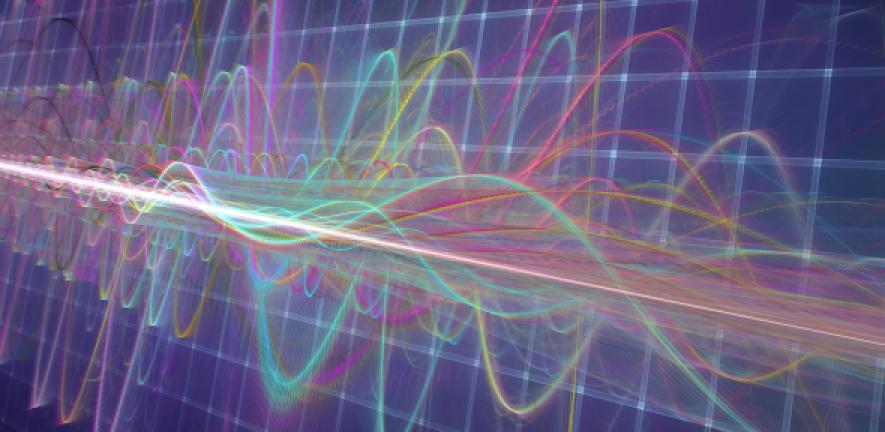
This study group ran over three days and followed on from four previous events which took place over the last two years. Due to current COVID guidelines this event was in a virtual format.
Background
The UK needs to be able to operate in the electromagnetic environment (EME) effectively across all domains - space, air, land, sea and cyber. However, this has become increasingly complex as the environment becomes more congested and contested, due to continuing growth in civilian and military demand for spectrum (for example 5G). Approaches to solving the challenges of operating in the EME have been successful over many years, but this ever-increasing complexity means it is now necessary to explore innovative approaches.
In response to this, the CEME (Contested/Congested Electromagnetic Environment) programme of work began over two years ago and seeks to apply new or alternative mathematics to these challenges and presents an opportunity to develop new approaches and create exciting possibilities for this field. Dstl have been working with PA Consulting and the Newton Gateway to Mathematics to develop a framework to engage the mathematical community in this area.
As well as some established domain experts, participants for this study group came from a number of diverse fields including (but not limited to); signal processing, optimisation, operational research, imaging and vision, control theory, wave theory, machine learning, electrical and communications engineering. We were keen that mathematicians who would not normally be involved in electromagnetics joined us.
Aims and Objectives
In response to the recent UK Integrated Review which committed billions of investment into science and technology over the next five years, scientists from Dstl shaped the next research portfolio and were at the event.
This three-day study group gave participants the opportunity to explore a number of new challenges in depth during break-out sessions with the expectation that innovative maths led approaches will arise. The challenges that were tabled are listed below:
Hiding in Plane Sight
Radar deception involves a set of techniques used to protect a platform from being accurately located. We have a platform we would like to protect by actively ensuring it cannot be accurately located by an adversarial radar. If we assume we can deceive radar through our own RF emissions, what limits the effectiveness of doing so?
Automated cognition in the real world
We would like to use machines to assist in decision making within the electromagnetic spectrum (EME) – to reduce cognitive burden whilst increasing speed of action. The approaches we take need to be robust to errors and uncertainties, and not live “on a knife edge”. However, the future EME will not be fully know-able or predictable so our algorithms will need to manage that complexity. How does error induced by the contested EM environment impact the effectiveness of automated cognition, and how do we analyse the stability of automated cognition?
Real time risk based spectrum management
We are trying to find a more agile approach to spectrum access giving more freedom, with an awareness and identification of associated risks arising for addition of transmitters and/or change to system configuration – acknowledging the reality that transmitters emit both in and out of their allocated channels. Given that we have some, but not full understanding of the local environment, what is the distribution of aggregate interference across multiple channels at; 1. a chosen location; 2. over a defined area? How can a new channel (or channels) be efficiently chosen for the new system, with acceptable levels of interference into all systems?
Interference tolerant waveforms
We are designing a signal from scratch and wish to maximise the amount of information we can carry, given we know we will be subject to background noise and environmental variability as it may need to pass through a congested, contested electromagnetic environment. What is the most information dense basis set we can access and how does information density trade against resilience to the environment
CEME states
Military operating environments have long-standing associations with categorisations of the physical environment. We would like to create a simple metric to describe the electromagnetic environment in order to allow commanders to make informed decisions about use of the assets available to them. Further, we would like the states to be “hardware independent” i.e. not use the properties of our systems to describe the spectrum. How do we describe the state of the EM environment using a maximum of one or two metrics, and does this level of abstraction still leave sufficient useful information to make decisions?
Please see the programme for an indication of timings.
Registration and Venue
Registration for this event is now closed.

